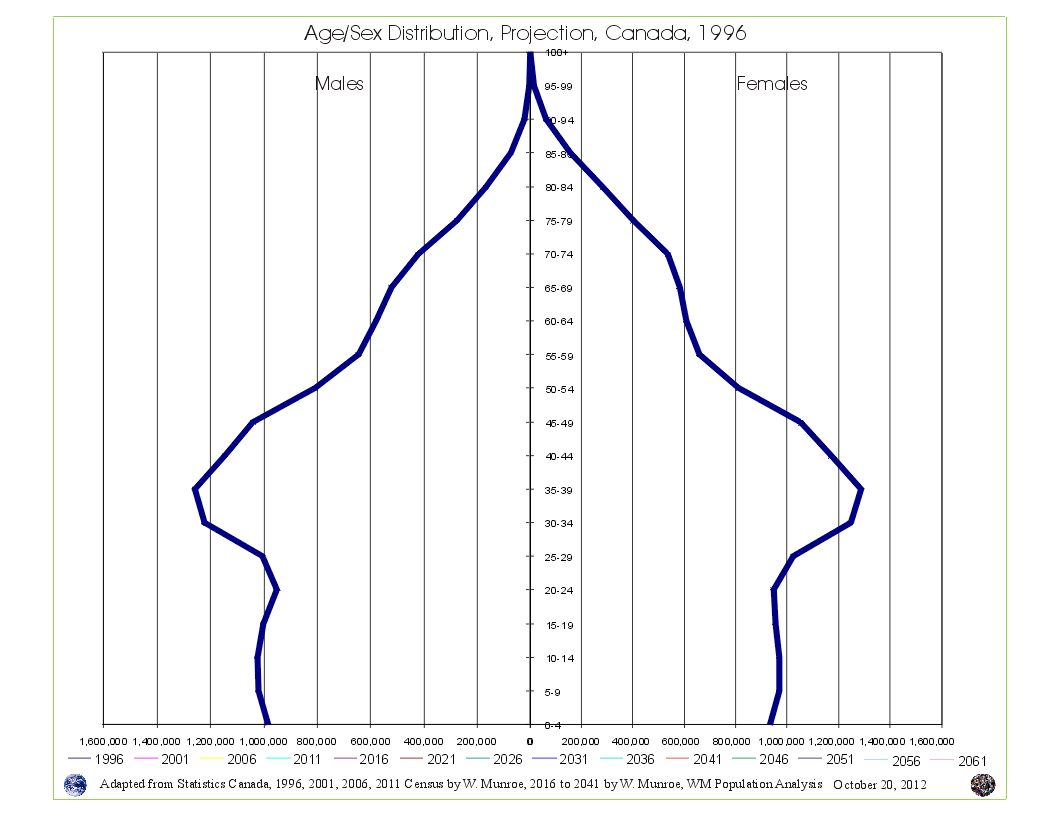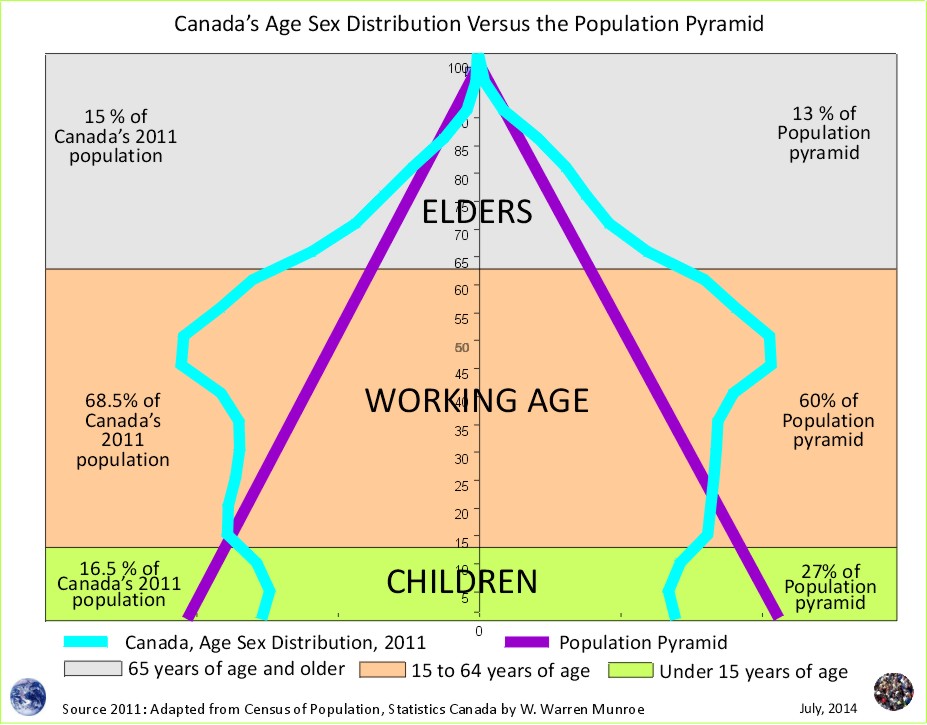Canada's land area declined by 176,886 square kilometers - from nearly 9 million km2 (8,965,589 km2) in 2016 to 8,788,702.80 km2 in 2021.1 During the same time period, total population in Canada, counted in May of 2021 and released today by Statistics Canada, was nearly 37 million people (36,991,981) close to 2 million more people (1,840,253 or 5.2% increase) than the just over 35 million (35,151,728) counted in May of 2016.
The smaller land area in combination with the growing population resulted in an increase in population density from 3.9 people per km2 in 2016 to a more cozy 4.2 people per km2 in 2021.
Over the same time period the total number of private dwellings increased by 871,792 (5.7%) - from 15 and a half million (15,412,443) to just over 16 and a quarter million (16,284,235).
The number of private dwellings occupied by usual residents increased by almost 1 million (906,862) from just over 14 million (14,072,079) to almost 15 million (14,978,941) an increase of 6.4%.
The difference between total number of private dwellings and the number of private dwellings occupied by usual residents (from recreational dwellings, cabins, etc.) was 1,305,294 or 3.5%.
The number of people per household, in Canada, was 2.5 or 25 people per 10 dwellings, unchanged from the 2016 Census of Population and Dwelling.
What do you think? What will the future will look like? How come?
1Statistics Canada. Table 98-10-0001-01 Population and dwelling counts: Canada, provinces and territories.
https://www150.statcan.gc.ca/t1/tbl1/en/tv.action?pid=9810000101
To learn how the projections are created visit the Population Projection Project Instructions tab.
See the Population Projections Project for Canada's Census Areas



